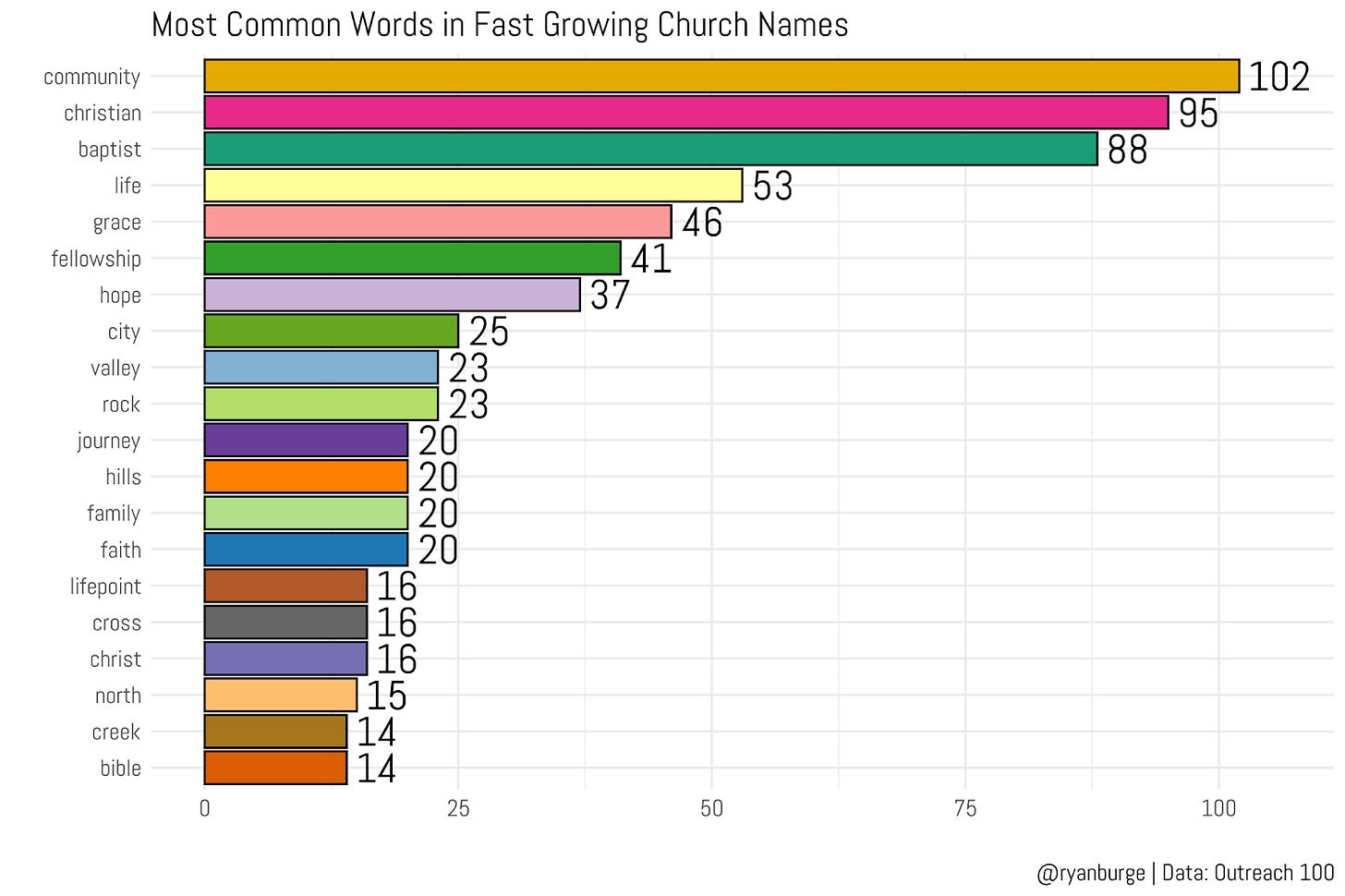Most Churches Aren’t Growing — What We Can Learn from Those That Are
The average church is 70 people. These churches are adding 70 a week.
I’ve been around churches my entire life—specifically evangelical ones. There’s a certain kind of conversation that happens among pastors and denominational leaders, usually in almost hushed tones: “Did you hear about how [insert church name] added a thousand new attendees last year?” Someone will inevitably chime in with another example of a church experiencing rapid growth. Before long, the discussion circles back to the same question: “How in the world do they do that?”
For most pastors, leading a church through that kind of explosive growth will never happen. A good year might mean adding ten or fifteen new members. More often, the reality is stagnation—or even a slight decline. And there’s a good reason for that: most churches just aren’t that big. The FACT study (PDF) found that about 70% of congregations have fewer than 100 people in regular attendance. The National Congregations Study concluded that the average church has just 70 active members.
So when we hear about a church adding a thousand new members, it’s so rare it almost sounds impossible.
For the last decade, Outreach Magazine has published a list of the “fastest-growing churches in America.” They gather this data by contacting thousands of churches via email, asking them to report two numbers: their average attendance in February/March of the previous year and their current average attendance. Outreach then runs calculations and spot checks to confirm the numbers are accurate before publishing the Outreach 100 list.
They’ve been doing this since 2015. I wrote a script to scrape all that data from their website and organize it into a clean, well-structured spreadsheet. With that in hand, I could dig deeper into these outlier churches—the ones experiencing truly extraordinary growth.
Here’s where I started: their names. I ran a simple word count to see which words show up most often.
I should start by noting that I had to remove the word “church” from the analysis because it showed up over a thousand times in the list. After “church,” the next most common word was “community,” appearing in just under 10% of all churches on the Outreach list. Two other words were clear standouts, too: “Christian” with 95 appearances and “Baptist” with 88.
What's In a Name? Trends in Non-Denominational Church Branding
Way back in July of 2023, I wrote a post about a topic that has become evergreen for me - the rise of non-denominational Protestant Christianity. I began with this little anecdote,
I’ve done this kind of analysis before by scraping data from the Association of Related Churches website, and there’s a lot of overlap between the names there and the churches on the Outreach list. For example, the word “life” shows up constantly. It was actually the most popular word in the ARC data, and it lands in fourth place in the Outreach data.
Another pattern across both lists: lots of geographic terms. Words like “hills” appear again and again, as do “valley” and “creek.” It’s interesting because those words are vague enough that they don’t scream “church,” but they’ve probably become so common that people now automatically associate them with religious organizations in a way they didn’t a decade ago.
But names are just the beginning. What about actual growth numbers? For the 2025 list, I calculated the increase in regular attendance over the previous twelve months. Here are the top 20 fastest-growing churches.




